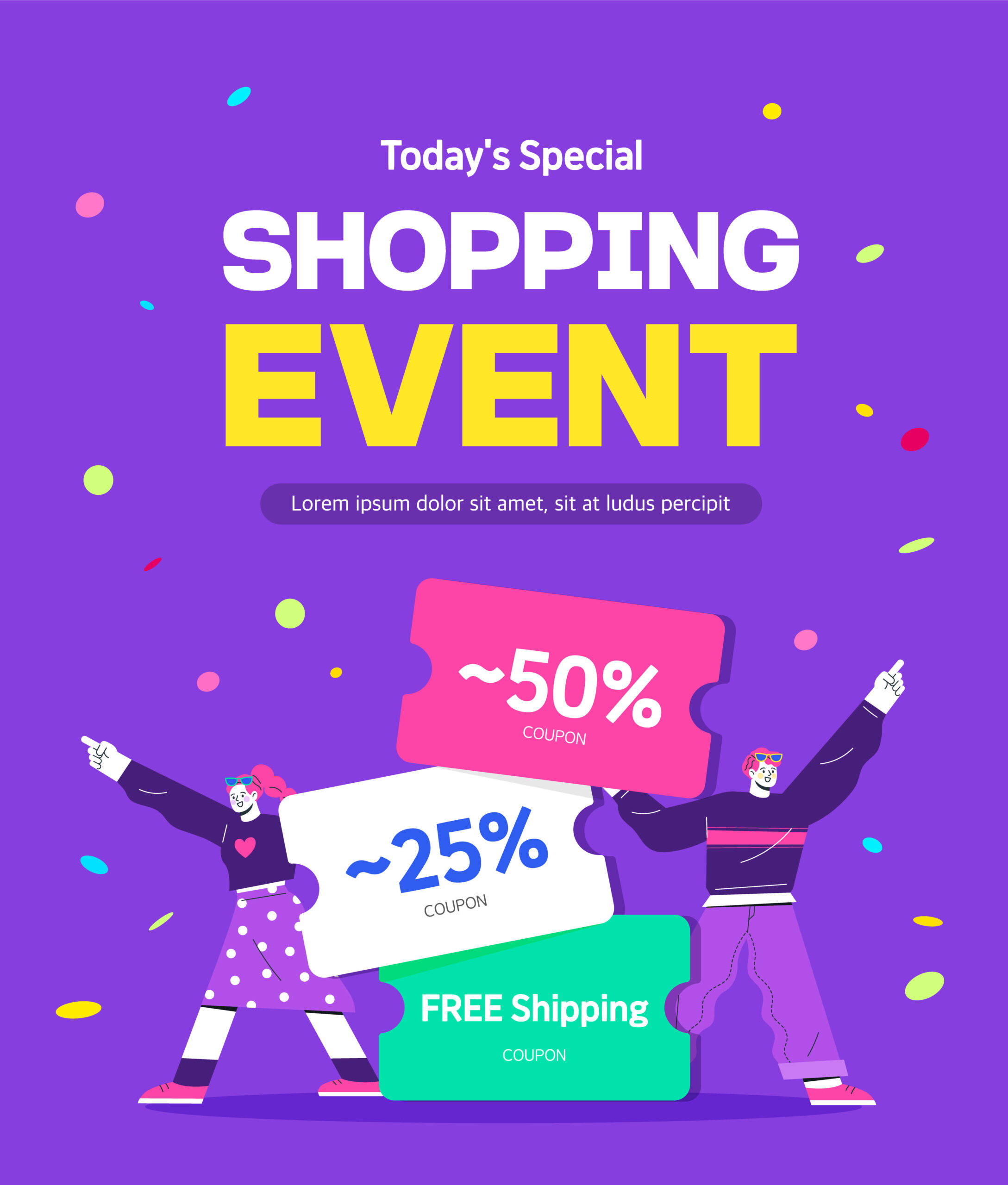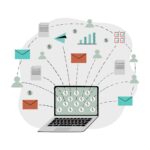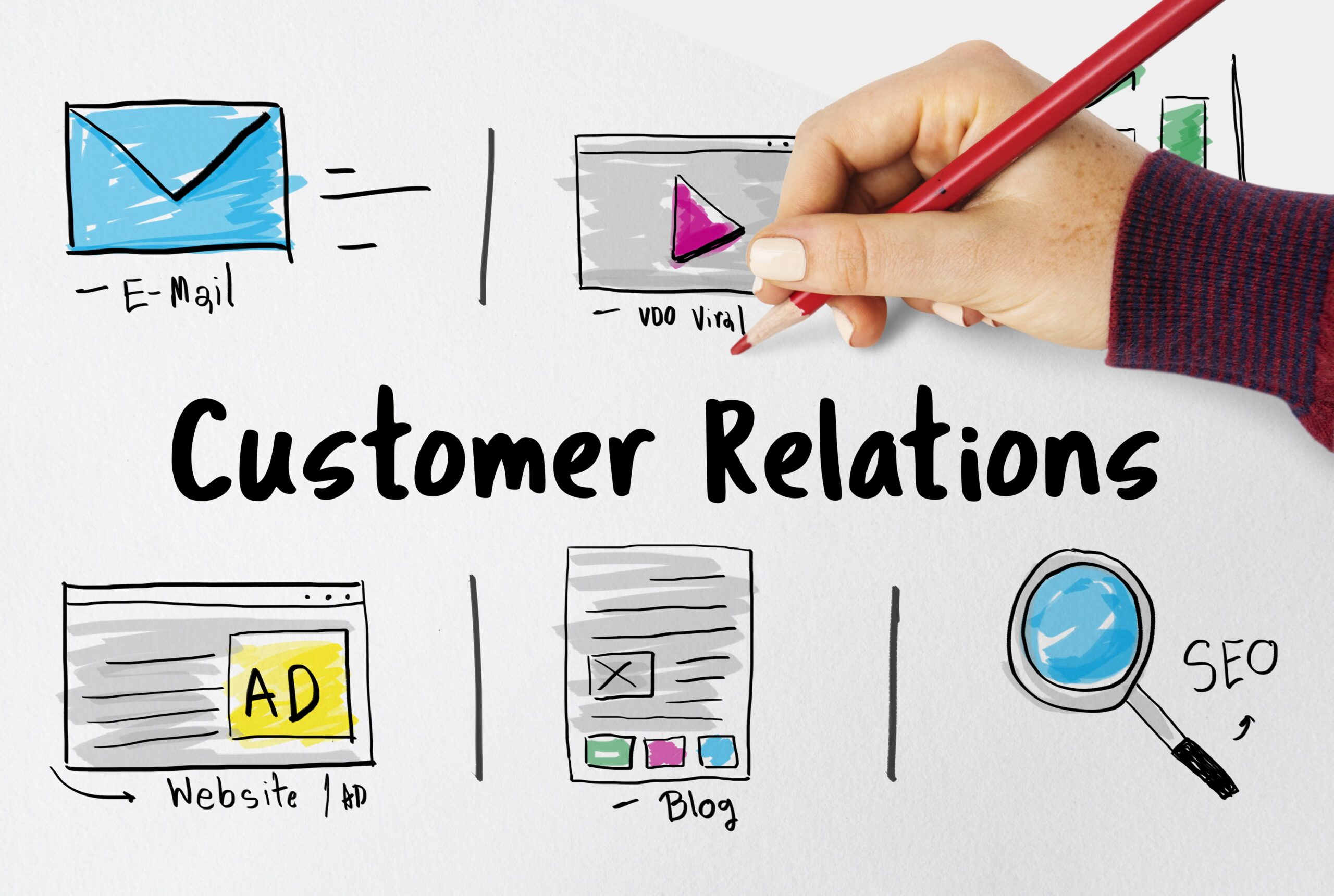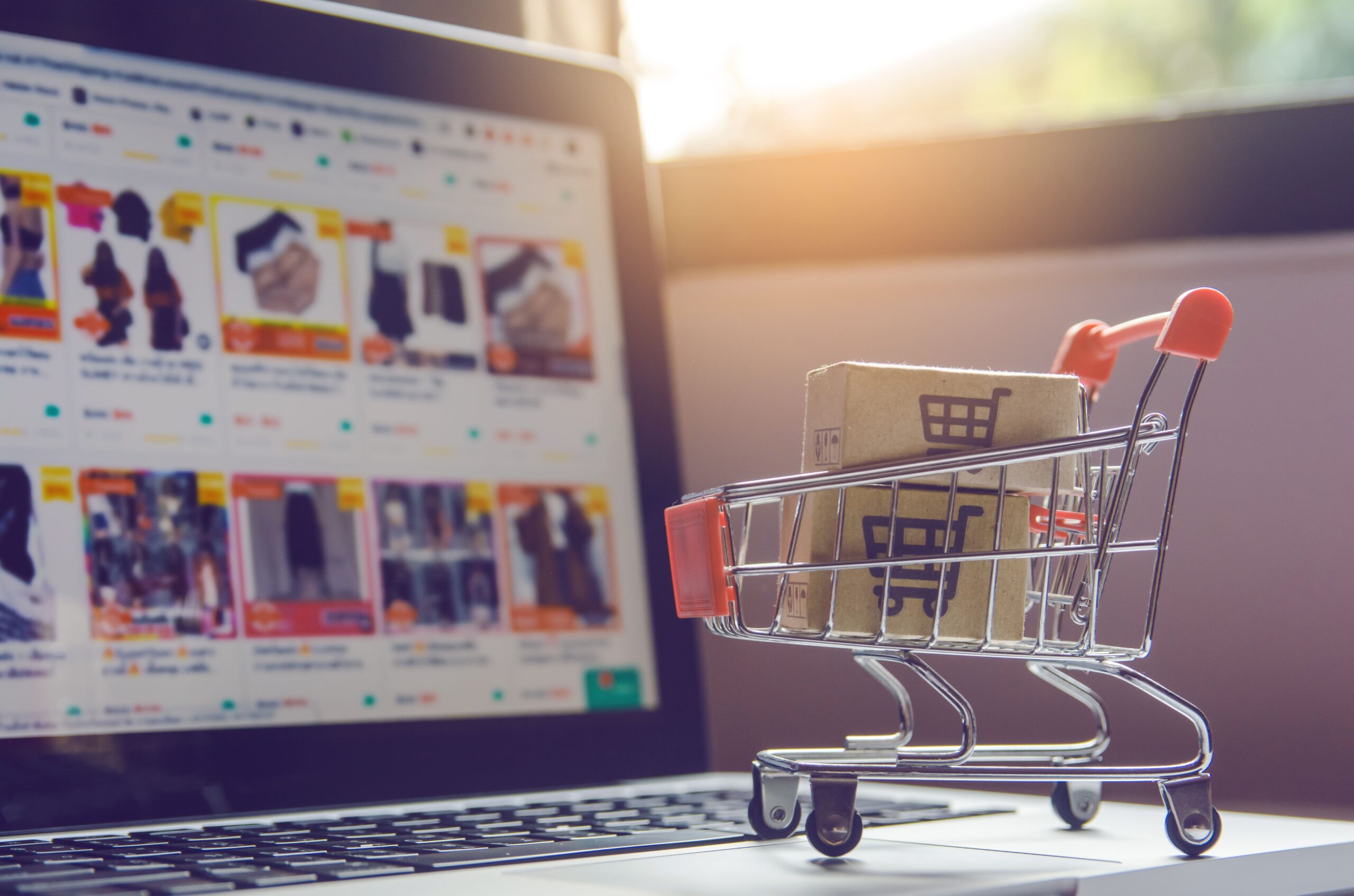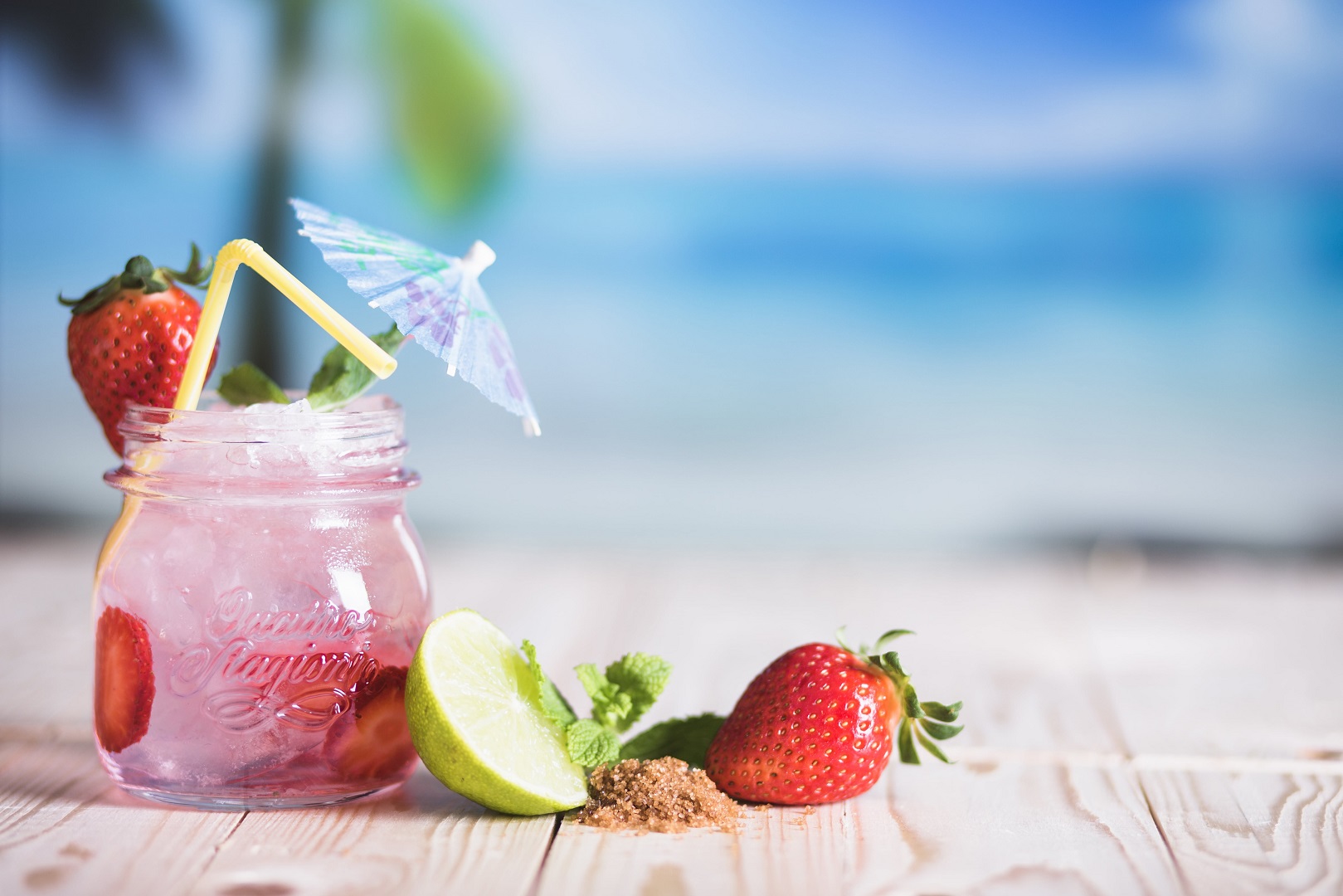Event Promotion Email Marketing
Email marketing is a powerful tool that can significantly boost attendance and engagement. This strategy involves more than just sending out an invitation; it’s about creating a series of touchpoints that engage, inform, and excite potential attendees.
In this comprehensive guide, we’ll delve into the nuances of crafting compelling subject lines for your initial event announcement emails. We will also discuss techniques to spark interest and curiosity through these early communications.
Moreover, we’ll explore how leveraging early bird booking opportunities can drive ticket sales and how group tickets sales strategies can further enhance your results. You’ll learn about the importance of reminder emails during the run-up period to your event, along with practical timing strategies for their deployment.
We will also highlight advanced features like custom field segmentation in email marketing campaigns for event promotion. Lastly, you’ll discover effective post-event communication strategies as well as tips on maintaining brand identity throughout your campaign.
Table of Contents:
- The Power of Initial Event Announcement Emails
- Leveraging Early Bird Booking Opportunities
- Group Tickets Sales Strategy
- Why Reminder Emails are Essential During the Run-Up Period
- Maximizing DirectIQ’s Advanced Features For Campaigns
- Post-event Communication Strategies
- Maintaining Brand Identity Throughout Email Marketing Campaigns
- Maintaining Brand Identity Throughout Email Marketing Campaigns
- Building And Nurturing A Quality Subscriber Base
- Building and Nurturing a Quality Subscriber Base
- FAQs in Relation to Email Marketing for Event Promotion.
- Conclusion
The Power of Initial Event Announcement Emails
An initial event announcement email is like a sneak peek that gets people excited and ready to attend. It’s the first step in promoting your event and can make a big impact on driving attendance. Don’t overlook the potential of this brief email.
Crafting Compelling Subject Lines for Your Announcement Emails
The subject line of your announcement email is like the hook that reels people in. To make it irresistible, try using action verbs, personalization tokens, or numbers. These little tricks can make your subject lines more clickable and boost your open rates.
- Action Verbs: Use words like “Discover,” “Join,” or “Experience” to create excitement and urgency.
- Personalization Tokens: Make your recipients feel special by including their name or location in the subject line.
- Numbers: Stand out from the crowd by using numbers in your subject line. They catch the eye and make your email more noticeable.
Techniques to Spark Interest And Curiosity Through Initial Emails
Don’t stop at a catchy subject line. There are other techniques you can use to grab attention and spark curiosity in your initial emails:
- Tell A Story: Engage your readers by telling a captivating story that leaves them wanting more.
- Showcase Benefits: Clearly outline the benefits attendees will get from your event, whether it’s knowledge, networking opportunities, or just plain fun.
- Leverage Social Proof: Boost your credibility by featuring testimonials from past participants or high-profile speakers.
In conclusion, a well-crafted initial announcement email can make all the difference in your event marketing campaign. So, start crafting those powerful emails today and get ready to wow your audience.
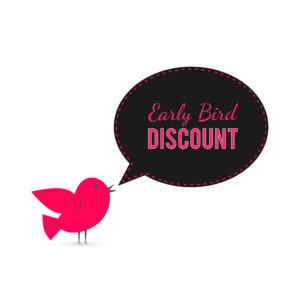
Leveraging Early Bird Booking Opportunities
When it comes to promoting your event, one of the most effective strategies is leveraging early bird booking opportunities. This strategy creates urgency and offers an exclusive deal that attendees can’t resist.
How Pre-Launch Emails Drive Ticket Sales
Pre-launch emails generate excitement and anticipation for your event. By revealing when tickets will become available, you provide your audience with something to eagerly anticipate. These emails are known for driving ticket sales. When recipients know they have a limited window for discounted tickets, they’re more likely to act fast.
Creating Attractive Early Bird Offers
- Discounted Tickets: The most common early bird offer. A significant discount encourages quick decision-making.
- VIP Access: Offering VIP access as part of an early bird package adds exclusivity to the experience.
- Bundled Packages: Bundling services or products together creates irresistible deals with great value for money.
Get creative with your offers. The goal is to build momentum leading up to the main launch phase. Early bird pricing strategies can increase overall attendance numbers by enticing new audiences and rewarding loyal customers.
Remember, it’s not just about slashing prices, but providing genuine value through unique offerings. This way, you attract attention and build strong relationships based on mutual benefit and appreciation.
Start planning attractive early bird offers today and watch how significantly it impacts ticket sales.
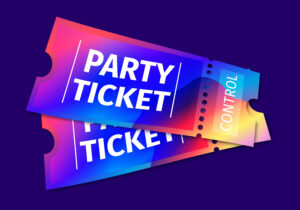
Group Tickets Sales Strategy
Planning an occasion is no simple errand, and persuading individuals to go can some of the time be the most troublesome piece. One effective strategy that has proven successful time and again is releasing group tickets. This not only encourages friends or colleagues who might not have considered attending otherwise to join in but also helps spread the word about your event through social networks.
Benefits of Releasing Group Tickets
The main benefit of offering group tickets lies in their potential for viral marketing. When a person buys tickets in bulk, they are likely to spread the word among their peers. This creates a ripple effect where more people become aware of your event, thereby increasing its visibility exponentially.
In addition, offering discounted rates for groups can incentivize attendees further. It’s human nature to love deals and discounts; hence such offers are bound to attract larger crowds. Eventbrite suggests tiered pricing models based on the size of groups as one way you could structure these discounts.
Strategies for Running Successful Online Contests
Besides group ticket sales, another fantastic promotional tool at your disposal is online contests. These serve two purposes: They create buzz around your event while simultaneously growing your subscriber base – which we know from our previous discussions on the DirectIQ blog, is crucially important.
- Create engaging content: The contest should be fun and exciting enough that participants will want to share it with their friends.
- Social media integration: Make sure that sharing capabilities are built into every aspect of the contest so it’s easy for participants to spread the word across various platforms.
- Reward participation: Offering prizes or incentives will encourage more people to participate and increase overall engagement levels.
To sum up, leveraging strategies like releasing group tickets and running online contests can significantly boost attendance numbers at events by spreading awareness organically through personal networks while creating excitement among potential attendees.
Key Takeaway:
One effective strategy for promoting events is to release group tickets, which not only encourages more people to attend but also spreads the word through social networks. Offering discounted rates for groups can further incentivize attendees and increase visibility exponentially. Running online contests is another great way to create buzz around an event and grow your subscriber base, with strategies such as creating engaging content, integrating social media sharing capabilities, and rewarding participation. These tactics can significantly boost attendance numbers by spreading awareness organically through personal networks while generating excitement among potential attendees.
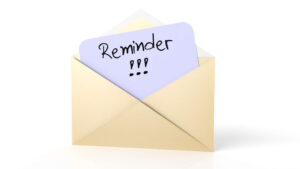
Why Reminder Emails are Essential During the Run-Up Period
Reminder emails are like little sparks of excitement that keep your event on people’s minds. They’re the gentle nudge that says, “Hey, don’t forget about us.”
Crafting Reminder Mails that Pack a Punch
Don’t settle for boring reminders. Make your emails sizzle with anticipation. Share sneak peeks, reveal guest speakers, and sprinkle in enticing details that make attendees drool with excitement. Need inspiration? Check out HubSpot’s guide on creating killer reminder emails.
And hey, don’t forget the practical stuff. Throw in venue directions and parking details to ease any last-minute anxieties. You want your potential attendees to feel like they’ve got everything under control.
Timing is Everything
Timing is key when it comes to reminders. Send them too early, and they’ll forget again. Send them not too early nor too late, so they can make necessary arrangements. So here’s the plan:
- First reminder: one week before the event
- Second reminder: three days before
- Final “last chance” email: 24 hours beforehand
This staggered approach keeps your event at the forefront of people’s minds without bombarding them. For more tips on creating effective reminders, check out Campaign Monitor’s article.
Remember, the goal isn’t just to remind people your event exists. It’s to get them so excited that they not only show up but also bring along their friends.
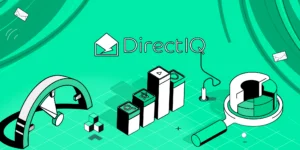
Maximizing DirectIQ’s Advanced Features For Campaigns
In the world of email marketing, it’s crucial to use advanced tools and features for a personalized approach. DirectIQ’s advanced feature set, including custom field segmentation and list-based segmentation, can help you level up your email marketing game.
Custom Field Segmentation Explained
Custom field segmentation allows you to divide your email list based on specific criteria or data fields. Whether it’s age, location, past purchase behavior, or email interaction, you can send targeted content that resonates with each segment of your audience.
This strategy improves engagement rates and keeps your communication relevant. It ensures that potential event attendees receive messages tailored specifically to them, like ticket sales for an upcoming event or exclusive offers related to event details.
Advantages of List-Based Segmentation
List-based segmentation groups subscribers based on their list location. For example i will send an email to all people from list A and List B that has the tag “over 35 years old” , This way they can be segmented into a group interested in discounted tickets.
- You can send follow-up emails promoting similar deals.
- Send reminder emails to encourage people who showed interest but haven’t bought tickets yet as the event approaches.
- Promote other events offering early bird discounts.
Success with these strategies isn’t just about sending out single emails. It requires consistent application from initial announcement mails to post-event news communications.
By taking advantage of DirectIQ’s advanced features, you have greater control over your campaigns and can tailor content based on recipient behavior. This leads to higher engagement levels and increased attendance at events, whether online or in-person.
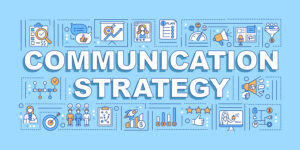
Post-event Communication Strategies
Event promotion doesn’t end when the event does. In fact, some of the most crucial communication happens after your attendees have left. This is where post-event communication strategies come into play.
Crafting impactful thank you notes post-events
Sending a simple thank you note can go a long way in fostering relationships with your attendees. It’s not just about expressing gratitude for their attendance; it’s also an opportunity to gather feedback, share additional resources, or even tease future events.
Your thank you email should be personalized and genuine. Mention specific highlights from the event and express how grateful you are for their participation. If possible, use this as an opportunity to ask for feedback or reviews – these can provide valuable insights for planning future events.
Utilizing media from past events effectively
Incorporating visuals from the occasion in your post-event messages can aid to sustain the dialogue even after it has been completed. These visual reminders of what they experienced at your event will trigger positive memories and emotions associated with it.
You could create a photo gallery on your website and include a link to it in your email along with captions that highlight key moments during the event. This approach not only provides value to those who attended but also serves as marketing material showcasing what potential attendees missed out on – making them more likely to attend next time.
Beyond just sending images or footage directly via email, consider sharing them on social media platforms too – encouraging recipients to tag themselves or friends increases engagement levels further still. Storytelling through visuals is a powerful tool often underutilized within post-event communications strategy.

Maintaining Brand Identity Throughout Email Marketing Campaigns
A consistent brand identity across all channels is vital for recognition amongst audience members. It helps build trust, which ultimately enhances overall campaign effectiveness. To achieve this consistency, it’s important to incorporate branding elements such as logos, color schemes, and tone of voice throughout all mailers.
Incorporating branding elements into mailers
Your logo should be prominently displayed within each email. Additionally, the color scheme used should align with other branded materials. If your company uses certain fonts consistently across its marketing collateral, then these too must feature within every single piece sent out.
GIFs & memes effectively
The rise of digital culture means GIFs, memes, and emojis now form an integral part of many brands’ identities. These fun additions bring personality to life in otherwise text-heavy emails. They’re great tools for injecting humor and maintaining reader interest while remaining true to the brand’s image. Sprout Social suggests using GIFs sparingly to avoid overwhelming readers and potentially slowing down load times.
Key Takeaway:
After an event, it’s important to continue communication with attendees through personalized thank you notes that express gratitude and gather feedback. Utilizing media from past events, such as photos and videos, can help keep the conversation going and serve as marketing material for future events. Maintaining a consistent brand identity throughout email marketing campaigns is crucial for recognition among audience members – incorporating branding elements like logos, color schemes, and tone of voice helps build trust and enhances campaign effectiveness. Using GIFs sparingly can inject humor into emails while staying true to the brand’s image.
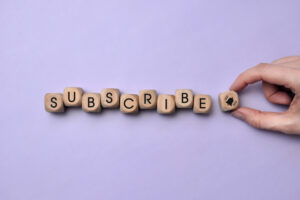
Building And Nurturing A Quality Subscriber Base
Having a database of contacts that is robust and dependable is critical in the realm of email marketing – it’s your most precious asset. Without it, all your efforts could go to waste. So, invest time into growing and maintaining a quality subscriber base – it’s a top priority.
Growing Your Subscriber Base Strategically
Size matters, but quality matters more. Get subscribers who actually care about what you have to say. Offer valuable incentives like discounts or exclusive content. #QualityOverQuantity
And always give an easy opt-out option. Respect people’s choices. Don’t be that annoying email sender. #NoSpamZone
To grow your subscriber base strategically, attract the right audience with relevant content. One effective way is by offering exclusive resources or discounts in exchange for their email addresses. You can also leverage social media to acquire subscribers for your mailing list by promoting a valuable lead magnet, such as ebooks or free courses.
- Create an attractive lead magnet that provides value, like ebooks or free courses.
- Promote this lead magnet on social media platforms where your target audience hangs out.
- Use compelling call-to-actions (CTAs) on website pages and blog posts to encourage visitors to subscribe.
Best Practices for Maintaining Contact Databases
Maintaining a healthy contact list involves regular cleaning and updating. This ensures you reach people genuinely interested in what you have to offer:
- Cleanse Regularly: Remove inactive subscribers from the list regularly – those who haven’t opened any emails over an extended period.
- Email Verification: Use an email verification service to weed out invalid or non-existent email addresses.
- List Segmentation: Segment lists based on recipient behavior for more personalized communication and higher engagement rates.
A robust subscriber base doesn’t happen overnight; it’s built over time through consistent effort and strategic planning. By focusing on attracting the right audience, providing valuable content they can’t resist, and nurturing relationships through tailored communication, marketers will see increased success in their campaigns.
FAQs in Relation to Email Marketing for Event Promotion.
– Personal experiences or anecdotes
– Irrelevant topics not related to email marketing for event promotion
– Other forms of digital marketing like social media, SEO etc.
– Any form of negative language or criticism towards other platforms or tools
– Speculations about future trends in email marketing
How do you promote an event through email marketing?
Emails are a powerful tool for promoting events, just like a megaphone for your party – they help you spread the word and get people excited.
How can you increase the effectiveness of your event emails using event marketing technology?
Event Marketing Technology, like DirectIQ’s advanced features, is like having a secret weapon in your email marketing arsenal – it helps you target the right people and make your emails stand out.
How often should you send marketing emails for an event?
The frequency of your marketing emails should be like Goldilocks’ porridge – not too much, not too little, but just right for your audience and the nature of your event.
What is the importance of email in promotion?
Email is the superhero of event promotion – it allows you to have direct communication with potential attendees and deliver your message right to their inbox.
Conclusion
In this blog post, we explored the power of initial event announcement emails and how to craft compelling subject lines to spark interest and curiosity.
We also learned about leveraging early bird booking opportunities to drive ticket sales and creating attractive offers.
Additionally, we discussed the benefits of releasing group tickets and strategies for running successful online contests.
Reminder emails during the run-up period were highlighted as an important tool, along with utilizing advanced features like custom field segmentation and click-based segmentation in DirectIQ.
Lastly, we covered post-event communication strategies such as crafting impactful thank you notes and effectively using media from past events.
By maintaining brand identity throughout email marketing campaigns and building a quality subscriber base strategically, marketers can maximize their success in promoting events.







